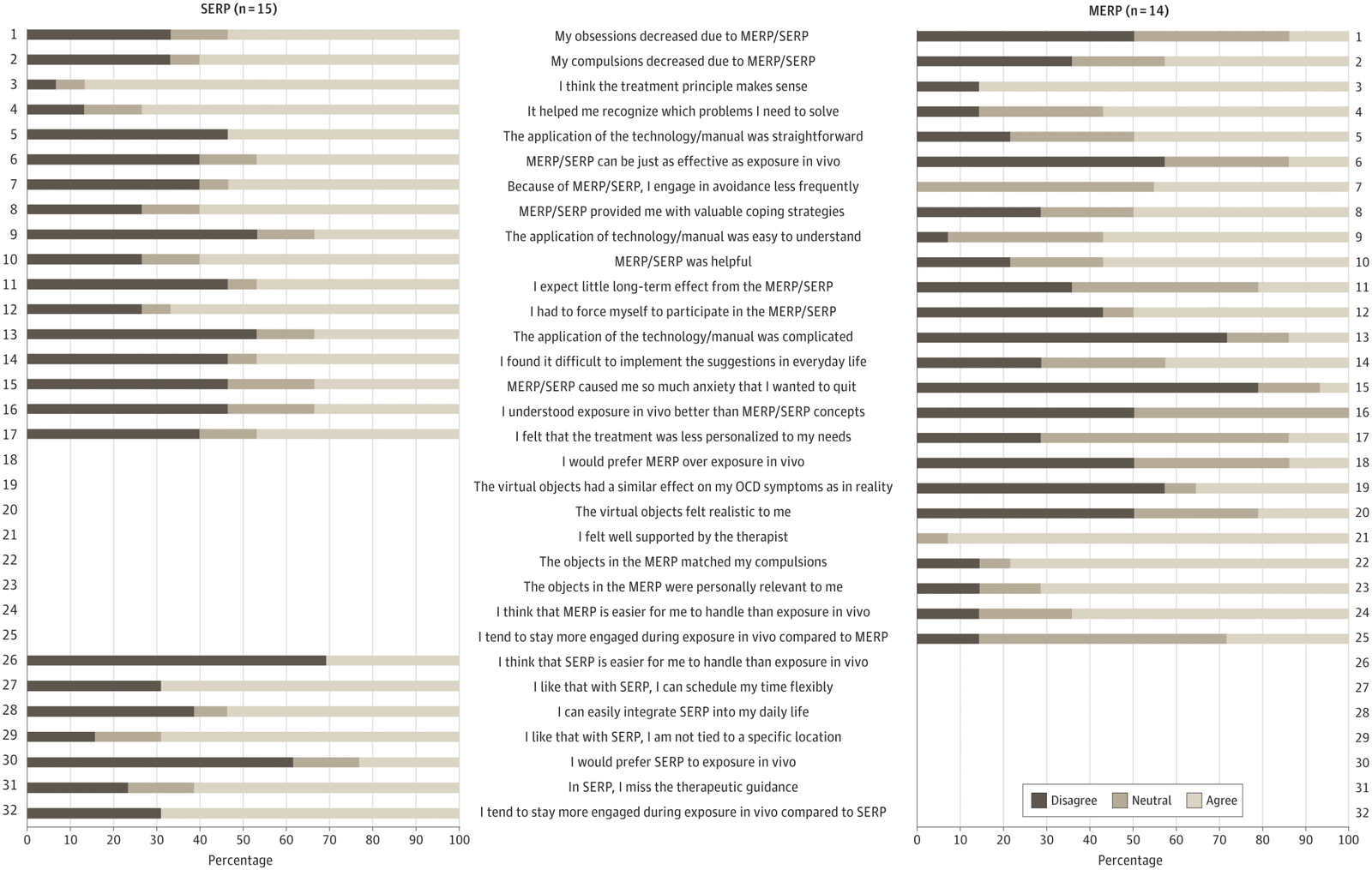Eating can be a significant challenge for individuals with Pathological Demand Avoidance (PDA), a profile within the autism spectrum characterized by anxiety and a strong need for autonomy. For those with PDA, mealtime can turn into a struggle rather than an enjoyable experience. When this is compounded by an eating disorder, traditional treatment methods often fall short, leading to increased distress and resistance.
This article examines the unique challenges faced by PDA individuals in the context of eating disorders and highlights the necessity for tailored, flexible treatment approaches.
### Challenges With Traditional Treatment Approaches
Conventional eating disorder treatments typically emphasize structure, aiming to re-establish regular eating patterns and reconnect individuals with their bodily hunger cues. These methods usually include: – **Strict Meal Plans**: Requiring three meals and three snacks daily to ensure consistent intake and regulate hunger signals. – **Fixed Dietary Expectations**: These plans often neglect individual sensory sensitivities and food preferences, focusing instead on nutritional balance. – **Rules Around Mealtimes**: Expecting certain behaviors, such as sitting at the table or engaging with others, can add pressure.
For individuals with PDA, these structured approaches can trigger anxiety and feelings of loss of control. Even simple requests can provoke a stress response, making it vital to consider their perspective in treatment.
### The Importance of Control and Autonomy
For PDA individuals, the ability to make choices about food and mealtime routines is essential. Traditional treatment often removes these choices, which can exacerbate feelings of powerlessness. Allowing them to decide what to eat, when to eat, and where to eat can help restore their sense of control, promoting engagement in their recovery.
### Sensory Sensitivities and Interoception
Many individuals with PDA experience heightened sensory sensitivities, making certain tastes, textures, or smells distressing. Forcing a PDA individual to consume food that triggers discomfort can lead to increased anxiety and avoidance.
Interoception, the ability to perceive internal bodily states, can also be challenging for PDA individuals. They may misinterpret signals of hunger and fullness, leading to overeating or undereating. Providing factual explanations about bodily signals can help them engage with their eating without feeling pressured.
### The Role of Anxiety and Past Trauma
Healthcare settings can be anxiety-inducing, especially for those with negative past experiences. Previous encounters with rigid treatment approaches can create distrust in healthcare professionals, making it essential to prioritize autonomy and build rapport to facilitate recovery.
### Keira’s Experience: A PDA-Friendly Recovery Journey
Keira (name changed) faced an eating disorder for ten years, struggling with standard treatments that did not accommodate her PDA needs. Progress only came when her care was tailored to her profile.
#### Building Trust
Before her hospital admission, a comprehensive planning process was initiated involving her school staff and caregivers to ensure everyone understood her PDA profile. Training focused on reducing demands and respecting her autonomy, aiming to create a supportive environment.
#### Reducing Perceived Demands
Care staff communicated indirectly, framing nutritional goals around Keira’s interests, like dance, rather than focusing solely on health or weight. This reframing helped her engage with treatment on her terms.
#### Flexibility in Treatment
Keira had a say in her treatment, including which staff to work with and what goals to prioritize. This approach fostered her active participation rather than viewing herself as a passive recipient of care.
#### Creative Engagement
Therapeutic activities like dance and music therapy were integrated into her treatment, presented as opportunities for enjoyment rather than strict therapy sessions. This helped her manage anxiety through activities she loved, reinforcing her recovery goals without pressure.
### Lessons Learned from Keira’s Journey
Keira’s case illustrates the limitations of standard treatments for PDA individuals. Key takeaways from her experience include: – **Trust and Autonomy**: Involving PDA individuals in care decisions enhances engagement and fosters trust, which is vital for recovery. – **Communication Style Matters**: Using non-threatening language can reduce anxiety. Focusing on strength and enjoyment, rather than health-related outcomes, helped Keira connect with her recovery goals. – **Flexibility Is Essential**: Adapting treatment protocols and communication styles allows PDA individuals to feel safer and more in control.
### Moving Forward
Keira now leads a fulfilling life, having completed school and been accepted into a prestigious dance academy. She actively shares her experiences to improve support for others with PDA and eating disorders. Her journey emphasizes that recovery is achievable through empathetic and adaptable treatment approaches.



